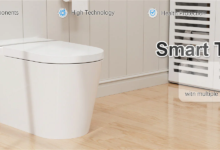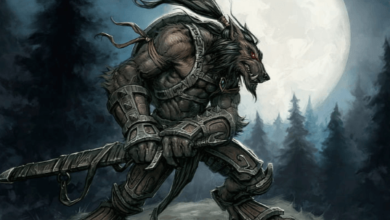Things to know about fabric banner

Fabric banners have risen in popularity because of being more flexible and, in addition, visually appealing than vinyl banners. Also, fabric banner seem to be a perfect idea for event planning and company promotion or just as adding some trend to your space. Before choosing, you should be aware of these five important facts concerning cloth banners.
1. Material Matters
The material selection for fabric banners is very important for both durability along with attractiveness. Polyester or a polyester blend, which provides an excellent compromise between quality and price, is used to make the majority of cloth banners. These textiles are renowned for their strength, and wrinkle resistance, in addition to color retention.
For a more opulent look, higher-end choices may use fabrics like silk or cotton canvas. Every material has distinct qualities that influence things like how the banner hangs, and how it reflects light, as well as how well it endures various environmental circumstances. When choosing the content for your banner, think about the location and style of use.
The fabric’s weight is another important consideration. For short-term outdoor activities or inside use, lighter fabrics like nylon or lightweight polyester work great. Although they are portable as well as simple to hang, they might not survive severe weather. Although heavier materials, like canvas or thick polyester, are more durable for extended outdoor usage, they might be more difficult to transport in addition to installation.
See also: The Rise of Social Commerce: Redefining D2C Business Models
2. Printing Techniques Make a Difference
The printing technique you choose for your cloth banner can make or break the lifespan and overall appearance of your banner. Fabric banners are typically printed using one of two primary methods: This makes direct to fabric printing or dye sublimation popular. If you know these techniques you know that you can select the best alternative for your needs.
Dye sublimation which includes the use of heat to press and set the dye onto the fabric itself produces vibrant colors that become part of the fabric. This technique has excellent abilities at creating very detailed pictures, and it is both fade and wear resistant. Direct to fabric printing as opposed means that ink is applied to the surface of the fabric. Outdoor use is probably not as durable as dye sublimation but perhaps a bit less expensive when printed in smaller quantities.
3. Indoor vs. Outdoor Use
Even though fabric banners can be hung both indoors and outdoors, you should choose the right type for your case. Indoor banners are free from weather conditions changes and hence may offer better opportunity when it comes to the material that can be used as well as the printing methods.
Banners made of outdoor cloth need additional thought. Choose materials that are water-resistant to withstand dampness and rain in addition to UV-resistant to avoid fading in the sun. Special coatings are applied to certain cloth banners to increase their outdoor durability. Additionally, take into account the wind aspect. Depending on your circumstances, fabric banners may move more in the wind than vinyl ones, which might be a positive or negative effect.
4. Care and Maintenance
Fabric banners’ simplicity of upkeep and care is one of its benefits. Fabric banners are usually more forgiving than vinyl banners, which are more likely to wrinkle as well as break when folded. For storage, they may frequently be folded or rolled without being permanently creased or damaged.
The majority of fabric banners are readily cleaned with a basic soap solution or a moist towel. Certain cloth banners may even be machine cleaned on a mild cycle to remove more tenacious stains, but it’s important to first review the care recommendations provided by the manufacturer. Your cloth banner’s lifespan may be greatly increased with proper maintenance along with storage, guaranteeing that it will continue to look fantastic for many uses.
5. Versatility in Design and Use
There are many different design options available for fabric banners that may help your message stand out. Fabric’s inherent drape enables imaginative presentations that aren’t achievable with more rigid materials. Because of this characteristic, cloth banners are especially well-suited for background displays, trade fair booths, or any other location where a cozier, more welcoming ambiance is desired.
Furthermore, a variety of finishing options make it simple to design cloth banners. These might be pole pockets for exhibition stands, grommets for hanging, or even silicone edge graphics (SEG) for a smooth, frameless appearance. Reusability is another aspect of cloth banners’ adaptability. A well-made cloth banner is an affordable option for ongoing events or long-term marketing campaigns since it can be used again with the right maintenance.
Conclusion
Fabric banners and custom flags provide a special fusion of strength, and adaptability, as well as aesthetic appeal. You will be well-equipped to choose fabric banners for your next project if you are aware of these five important factors: material selection, printing methods, indoor vs. outdoor use, care and maintenance, in addition to design adaptability. Fabric banners may offer an eye-catching along with practical option, whether you’re trying to make a big impression at an event or leave a lasting impression at your workspace.







